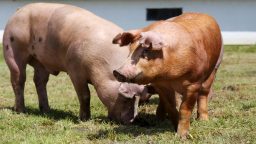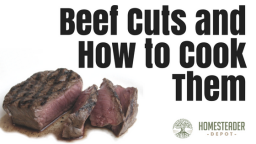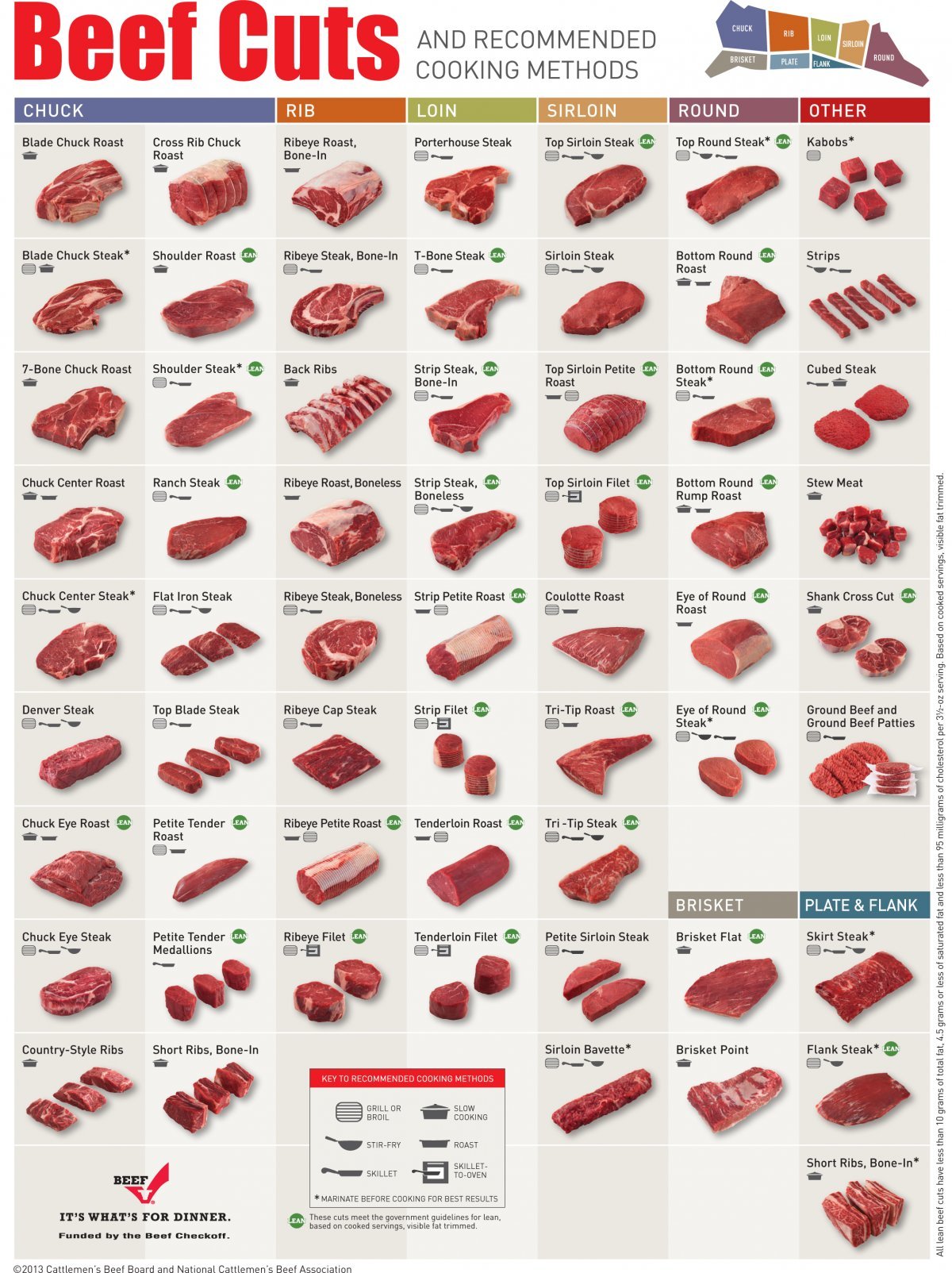Did you know that it’s entirely possible to figure out how much your pig weighs without putting it on a scale? Instead, you can use a number of things that you probably have lying around your house to figure out your pigs weight. A few quick measurements and calculations are all that it takes. This is much easier than trying to hoist your pig onto a scale. We’ll cover this useful pig weighing hack and some additional information here.
Why Do You Need To Know How Much Your Pig Weighs?
If you’ve been trying to determine when your pig is ready to be slaughtered, or your kids want to use him or her for a 4-H project, then you need to know how much it weighs. It’s good to measure and weigh your pig on a regular basis to ensure that it’s getting enough food and growing at the proper rate. You can then place these measurements in a chart and keep track of growth rates as they compare to the amounts of food provided.
What You Need To Get Started
Gathering your supplies constitutes the first step to determining your pig’s weight. You’ll need a tape measure, some twine, and the most important thing – a calculator. Obviously, you also need a pig. Without one, this entire endeavor is fruitless.
Taking the Measurements
The best time to take these measurements is while your pig is eating. This provides a good distraction, and you won’t have to deal with attempting to measure a moving animal. You also don’t want to have to dive into the mud in order to handle this task, so don’t do it while it’s wallowing either.
Once you’ve located your pig at the trough, pull out your tape measure or piece of twine. Whichever is easier to use. You’ll measure the twine at some point anyway, so if you have a tape measure, cut out a step and just use it.
The very first measurement is the length. This is the total length; from the base of the pig’s tail all of the way to its ears. It’s best to go from the top, measuring along you pig’s back. Hold the tape measure flush in order to get an accurate reading.
The next measurement is the heart girth. Wrap the tape measure around the body of your pig, parallel to its legs. This is essentially the pig’s circumference as if it were a tree or something.
Once you have those two measurements, you’ll need to apply them to the formula. This is the heart girth number squared multiplied by the length, which is then divided by 400. Here’s an example:
A pig has a 60” length and a 54” heart girth. Your formula is 54 X 54 X 60 = 174,960. Then that last number is divided by 400: 174,960/400 = 437.4. The pig weighs 437.4 pounds. That weight includes every part of the pig, organs and all. Once the pig is butchered, you’ll lose about 100 pounds of that weight. This means that you’ll get around 330 pounds of meat from it.
Conclusion
Knowing how much your pig weighs is important. We already mentioned the ways in which you can track its growth over time, noting how much you feed it in order to see the ratios form. If your kids are using your pig as their 4-H or county fair project, then that data is very important. You also need to know when the pig will be ready to be butchered. This measurement formula is actually very accurate and will come in handy. It sure beats putting your pig on a scale!


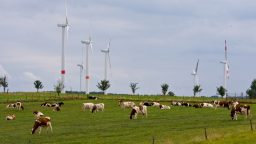

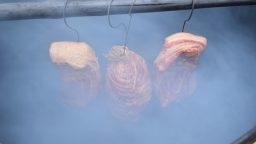


![[DIY] Simple Venison Jerky Recipe](https://homesteaderdepot.com/wp-content/uploads/2017/11/dreamstime_s_43207257-256x144.jpg)

